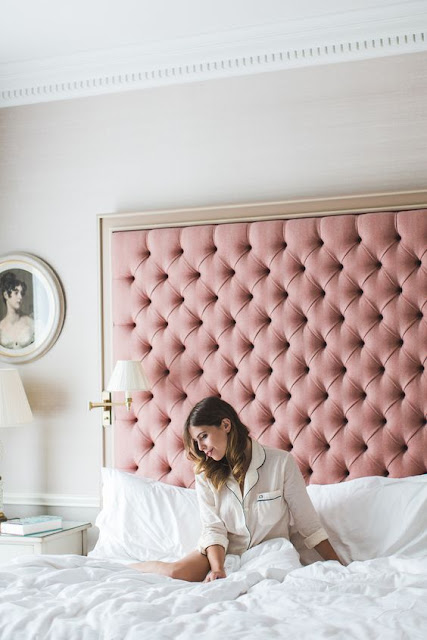This month, I am celebrating forty years in the industry.
I thought that this anniversary provided a great opportunity to reflect on my
time in the business. A lot has changed in the past four decades – both for me
and the industry.
 |
| An article from 1981 featuring a young me. |
At the time, stain-grade wood was really popular.
Sometimes, I miss the natural depth of stained wood. Today, painted woods -
painted cabinets - are much more common. People today prefer the brightness of
painted wood.
 |
| My business card with Highland Cabinets. |
 |
| Mid-century-inspired designs are popular with today's clients. |
And 7-foot tall cabinets used to be it. Can you imagine? Now, so many homes have 8-, 9-, even 10-foot tall ceilings, with tall cabinets to match.
After working as cabinetmaker, I started thinking about the next stage in my career. I enjoyed working with my hands and being creative. I also found that I had a knack for looking at a piece of wood and seeing its entire life – what it would like in a cabinet, what the cabinet would look like in a home, how it would function in a kitchen while the owners were cooking. This led me to seriously consider design, and I started taking design jobs part-time.
 |
| Two business cards I used when Richard Ourso Kitchen Designs had just opened. |
I eventually opened up my first business, Richard
Ourso Kitchen Design. I liked kitchen design because it allowed me to focus on
the details of the space. Whole-home designers and architects simply don’t have
the time to look at the particulars of a space and make it function. I wanted
to focus on how the space flowed – something that is still important in my
designs today.
That’s another that has changed – there are more
specialty designers than there were four decades ago. When I started my design
firm, there were hardly any kitchen and bath designers in the area. Even my
second job – a new build – was a whole home design. It took a while for the
Baton Rouge market to adjust to kitchen and bath designers.
 |
| My first beam job after opening The Olde Mill. |
Over the years, tastes have changed. Baton Rouge
used to be a very traditional market. In the last 8 – 10 years, I’ve noticed
more and more homeowners requesting transitional designs. These new spaces lack
the bulkiness and gaudiness of what was popular in the 1980s and 1990s.
And galley kitchens
used to be the most requested kitchen layout. Today’s clients would find this
design inefficient. L- and U-shaped kitchens with large center islands are now the
norm.
 |
| An L-shaped kitchen with island I designed recently for a local home. |
As a whole, home design used to be much more
segmented. You had a dining room and a kitchen as completely separate spaces.
Most modern clients want a home with an open floorplan. I myself prefer the
more open concept because it allows the space to flow with the family.
Both my Ourso Designs and my manufacturing company,
The Olde Mill, continue to grow and change. I’m excited to see what the next
few years have to offer.




























